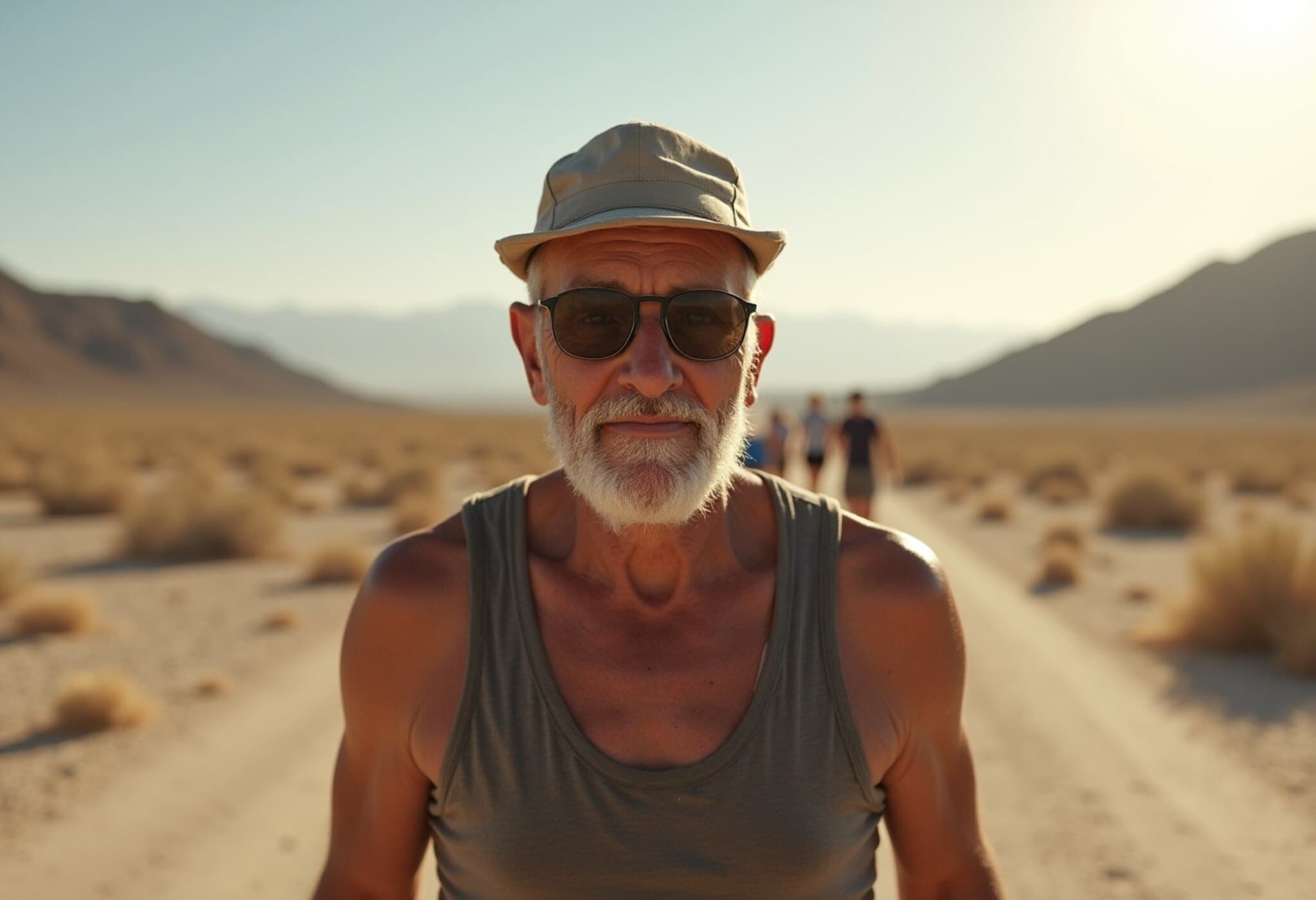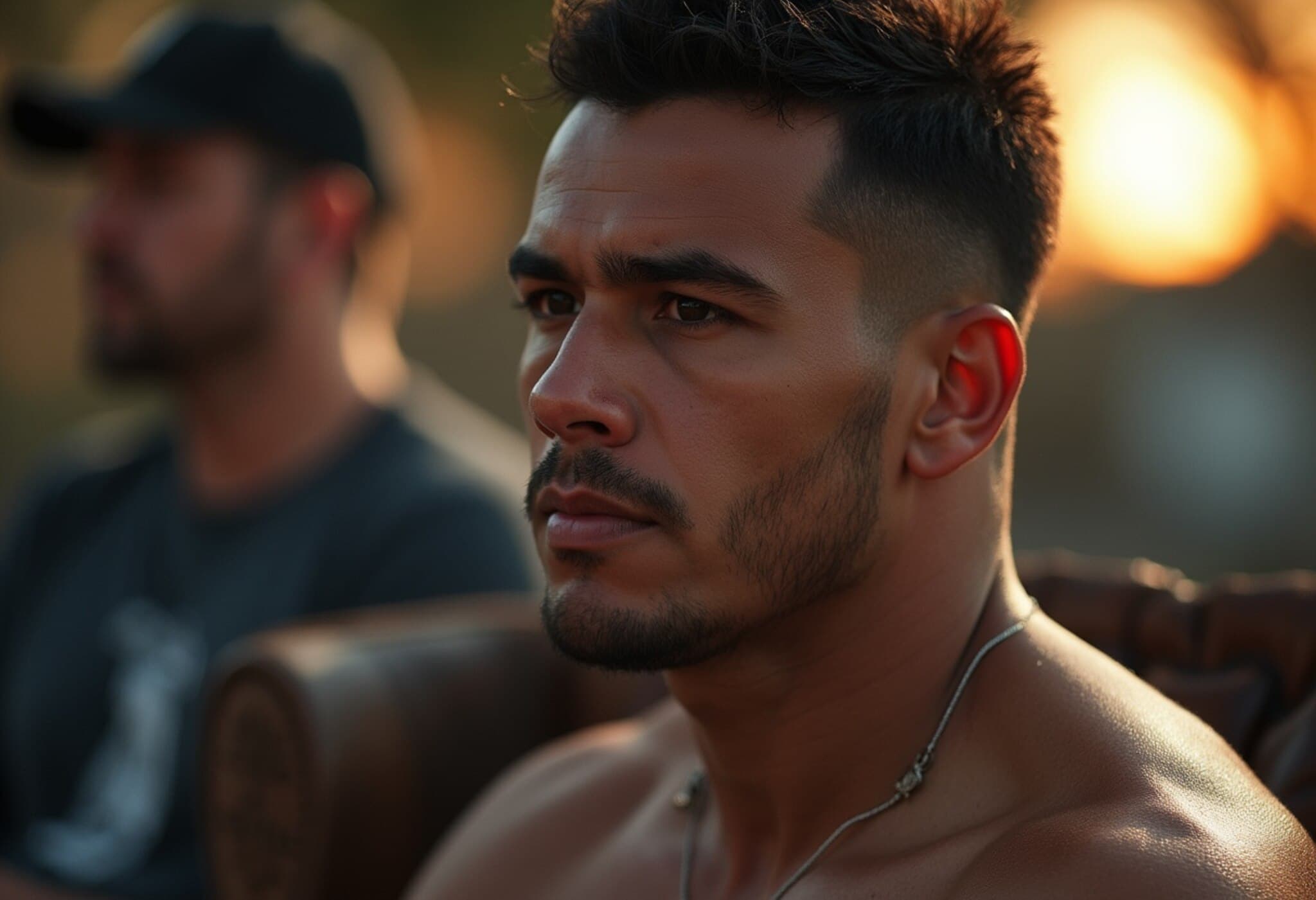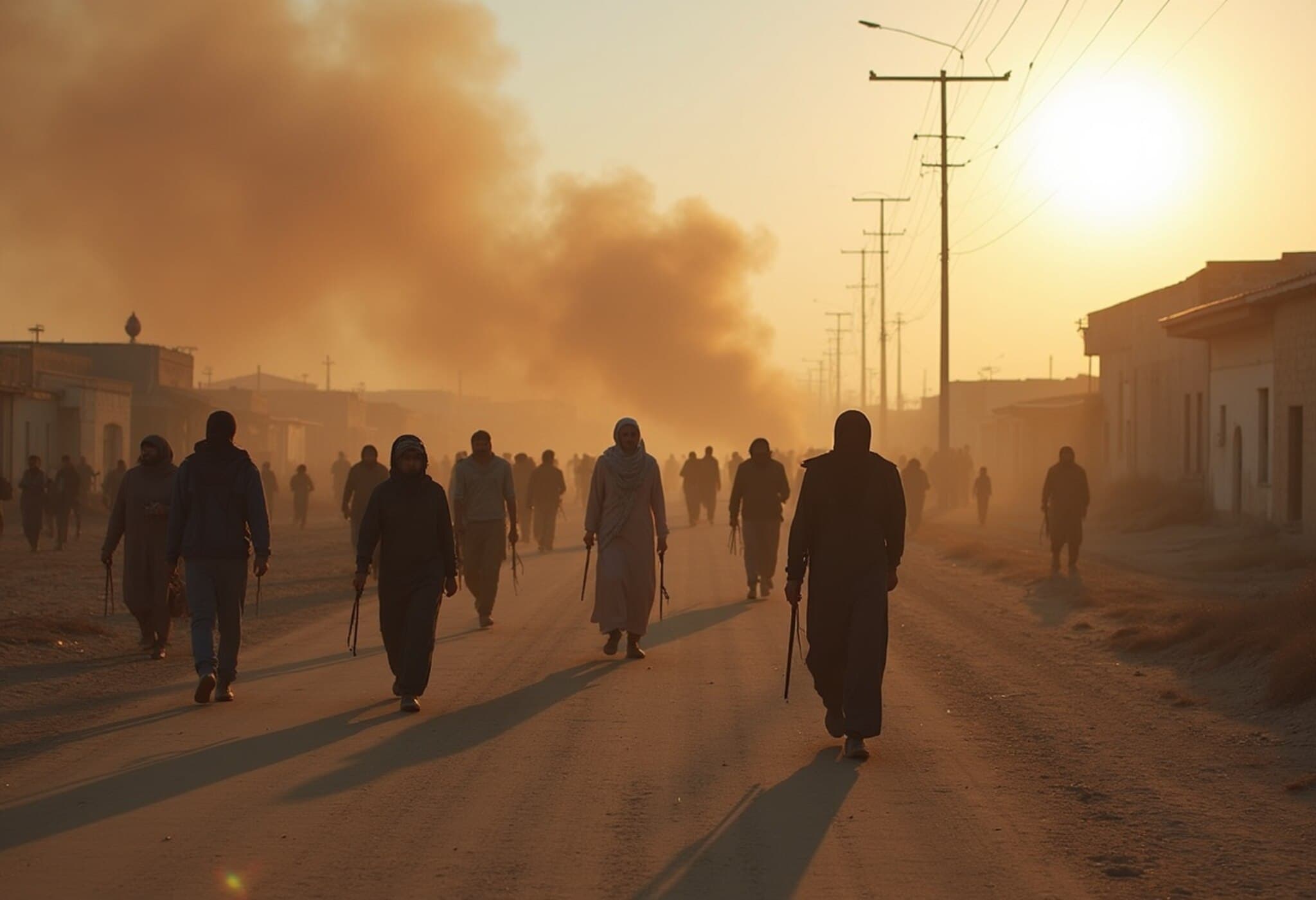Endurance Tested in Death Valley: A 66-Year-Old’s Ultramarathon Journey
In the blistering heart of California’s Death Valley National Park—a place often described as “hell on Earth”—66-year-old Danny Westergaard embodies resilience. For nearly two decades, this retired aerospace project manager has laced up his shoes to take on the infamous Badwater 135 Ultramarathon, a punishing 217.26-kilometre race that pushes human limits against searing desert heat and punishing terrain. Last July, alongside 98 other runners from across the world, Westergaard once again embraced the crucible, navigating from North America’s lowest point to the trailhead of the continent’s highest peak, all within a brutal 48-hour time limit.
A ‘Family Reunion’ on the World’s Toughest Trail
“It’s just become like a summer ritual and a family reunion,” Westergaard says with warmth, describing how the race has become his community, his tribe. More than a mere athletic event, it’s an emotional anchor where camaraderie outweighs competition amidst deserts that can swelter above 54 degrees Celsius (130℉).
For the 37th iteration of the race, Westergaard’s 18th time competing, the stakes remain high. Death Valley has witnessed accelerating rises in temperature — seven of its hottest summers occurring within the last decade — underscoring the specter of climate change even in this extreme environment. The National Park Service warns that if emissions persist unchecked, more regions globally could endure similar oppressive temperatures.
The First Night: Battling the Furnace
As the race commenced at 8 pm under a sweltering 45-degree Celsius twilight, Westergaard’s support crew—a dedicated team including his cousin Jennifer Drain and daughters Meagan and Madison—followed closely, providing crucial sustenance, ice, and encouragement. Recognizing the lethal danger posed by heat stroke, dehydration, and organ failure, the crew kept Westergaard’s body temperature in check by misting him and packing ice into his hat and neck bandana.
“Slow and steady” and “smooth as butter” were Westergaard’s mental mantras—a testament to the relentless mental grit required when the human body faces such extremes. Even as he sweated profusely, the runner monitored his hydration, mindful of the balance essential to avoid hyponatremia, a dangerous condition plaguing many competitors.
Conquering the Day’s Blistering Heat
By morning, the temperature remained unforgiving as runners dashed toward the critical 80-kilometre checkpoint. Westergaard’s spirits mixed determination with fatigue, his stride slowing under the sun’s relentless gaze. He sought moments of respite — splashing water over his face and indulging in refreshing watermelon slices while trading light-hearted banter with his crew.
Reflections on his training reveal adaptive strategies crucial to enduring such severe heat. Westergaard’s regimen includes sauna sessions and steady runs designed to build heat tolerance, though he acknowledges that age slows him down.
Experts like Tony Wolf, kinesiology professor at the University of Georgia, note the limited research on thermoregulation in highly fit older athletes. Wolf suggests that lifelong fitness may mitigate natural age-related declines in cardiovascular and temperature regulation functions—but the event still subjects older runners to exceptional challenges.
The Harsh Reality of Night: Hallucinations and Sleep Deprivation
As darkness enveloped the desert, sleep deprivation compounded the physical toll. Westergaard experienced vivid hallucinations, a phenomenon he’s encountered in previous races, where exhaustion warps reality—seeing bushes as couches or conversing with figures who weren’t there. Despite such mental obstacles, moments of rest, like a 15-minute sleep under moonlight, provide fleeting but vital recovery.
The Final Ascent: Pushing Beyond Limits
Approaching the race’s climax near Lone Pine, Westergaard confronted the grueling ascent of Mount Whitney’s trailhead at over 1,400 metres elevation. Cheered on by supporters and community members, he maintained a dogged pace, driven as much by spirit as strength. His daughters’ encouragement and lighthearted joking about post-race veggie burgers added a layer of human warmth to the monumental challenge.
Ultimately, after an exhausting 45 hours and 29 minutes, Westergaard crossed the finish line, a moment marked by emotional reunion with family and a profound sense of accomplishment.
Expert Perspective: The Intersection of Aging, Extreme Endurance, and Climate
Westergaard’s journey shines a light on the human capacity for endurance in an era where climate extremes are intensifying. It raises significant questions about how older athletes can safely engage in ultra-endurance events and how rising global temperatures may increase risks for all outdoor sports enthusiasts.
The Badwater 135 is a crucible not only testing physical stamina but also the evolving challenge of adapting to a changing planet. It underscores a broader narrative about resilience, community bonds, and confronting the limits imposed by both nature and time.
Key Takeaways:
- Heat Management: Critical for competing safely in extreme environments; hydration and cooling techniques can be life-saving.
- Aging Endurance: Lifelong fitness may mitigate some physiological declines, but age-related risks remain.
- Climate Change Impact: Increasing temperatures globally may push more athletes into dangerously hot conditions.
Editor’s Note
Danny Westergaard’s experience offers more than an inspiring athletic story — it opens a window onto how humans endure, adapt, and find community in the face of overwhelming odds. As climate patterns shift and our understanding of aging athletes grows, we must ask: What will it take to safeguard those pushing our physical limits in an increasingly unpredictable world? This tale is a clarion call for science, policy, and personal grit to meet the challenges ahead.











